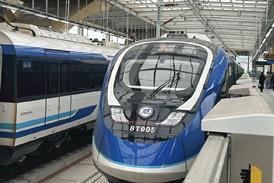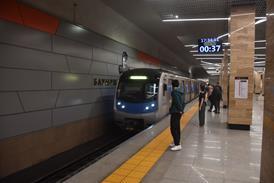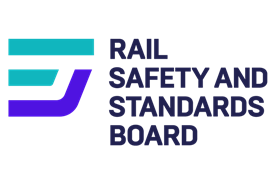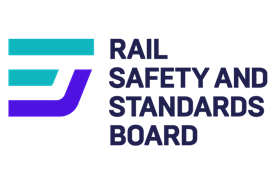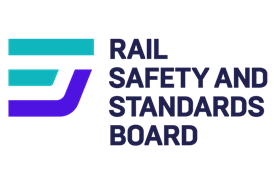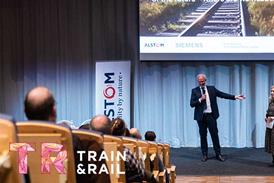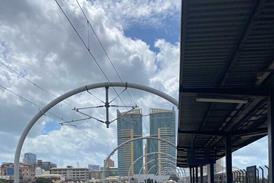Close menu
- Home
- News
- In depth
- Events
- Data
- Maps
- Tenders & Jobs
- Sponsored content
- Insights
First new Stansted Express train rolls out
By Railway Gazette International2010-10-14T14:20:00
UK: The first of 30 four-car Class 379 electric multiple-units ordered for National Express East Anglia services from London Liverpool Street to Stansted Airport and Cambridge was unveiled at Bombardier Transportation's Derby plant on October 14.
Already have an account? LOG IN
To continue…
You’ve reached your limit of content for the month
Get enhanced access to Railway Gazette news and weekly newsletters.
Site powered by Webvision Cloud

